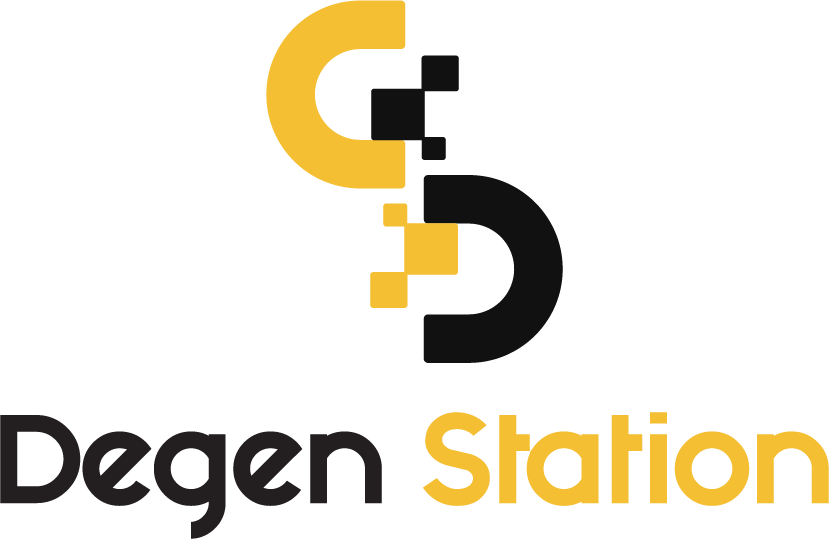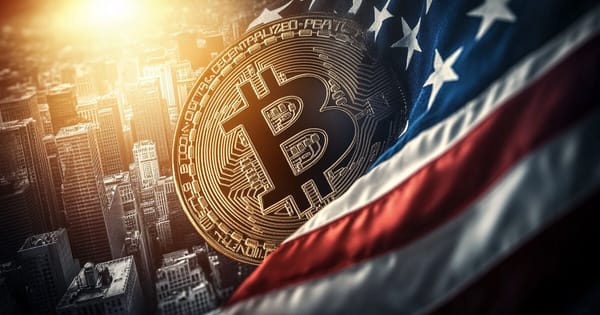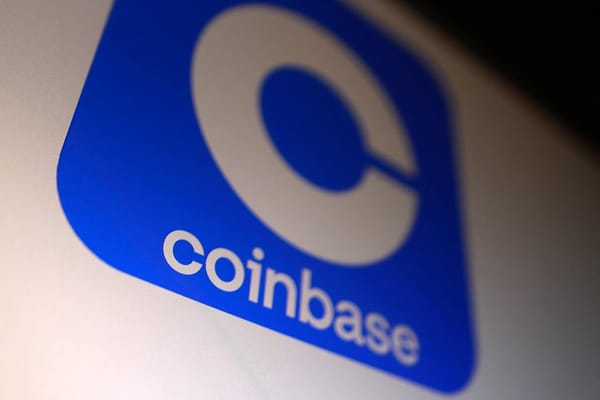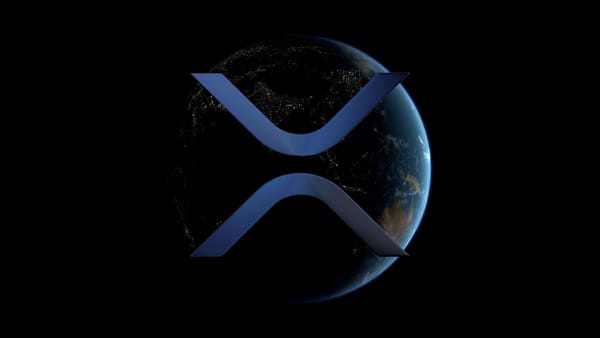The Dilemma of Decentralized Stablecoins
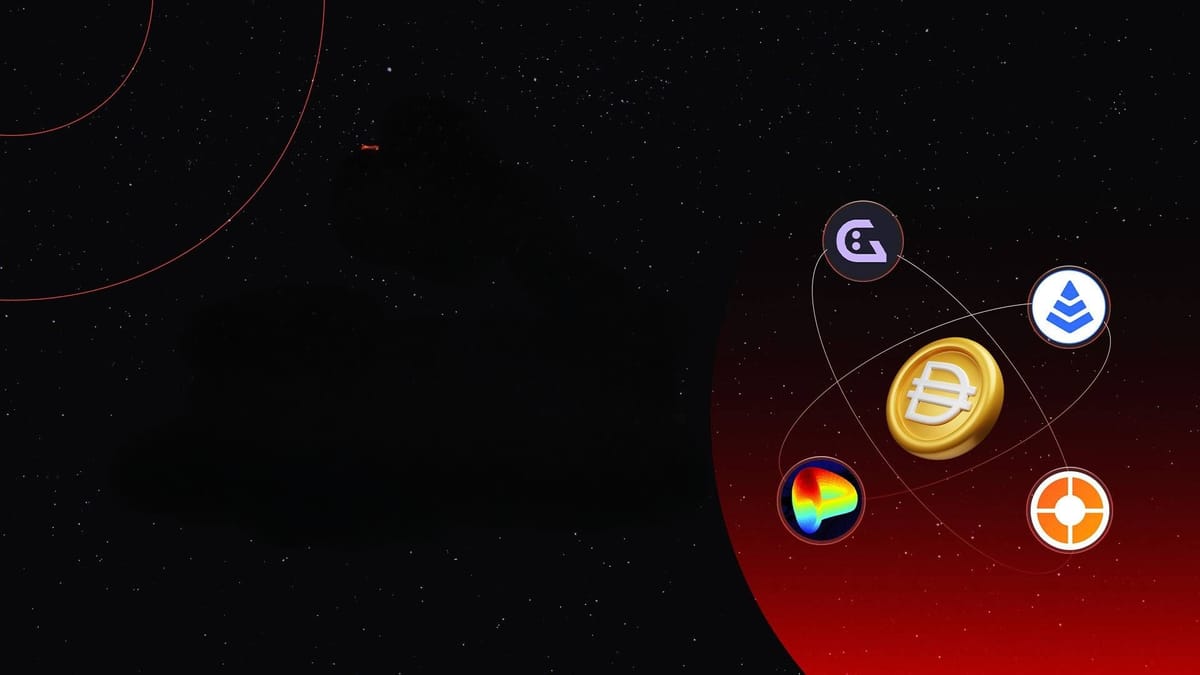
The Growing Competition in the Stablecoin Market
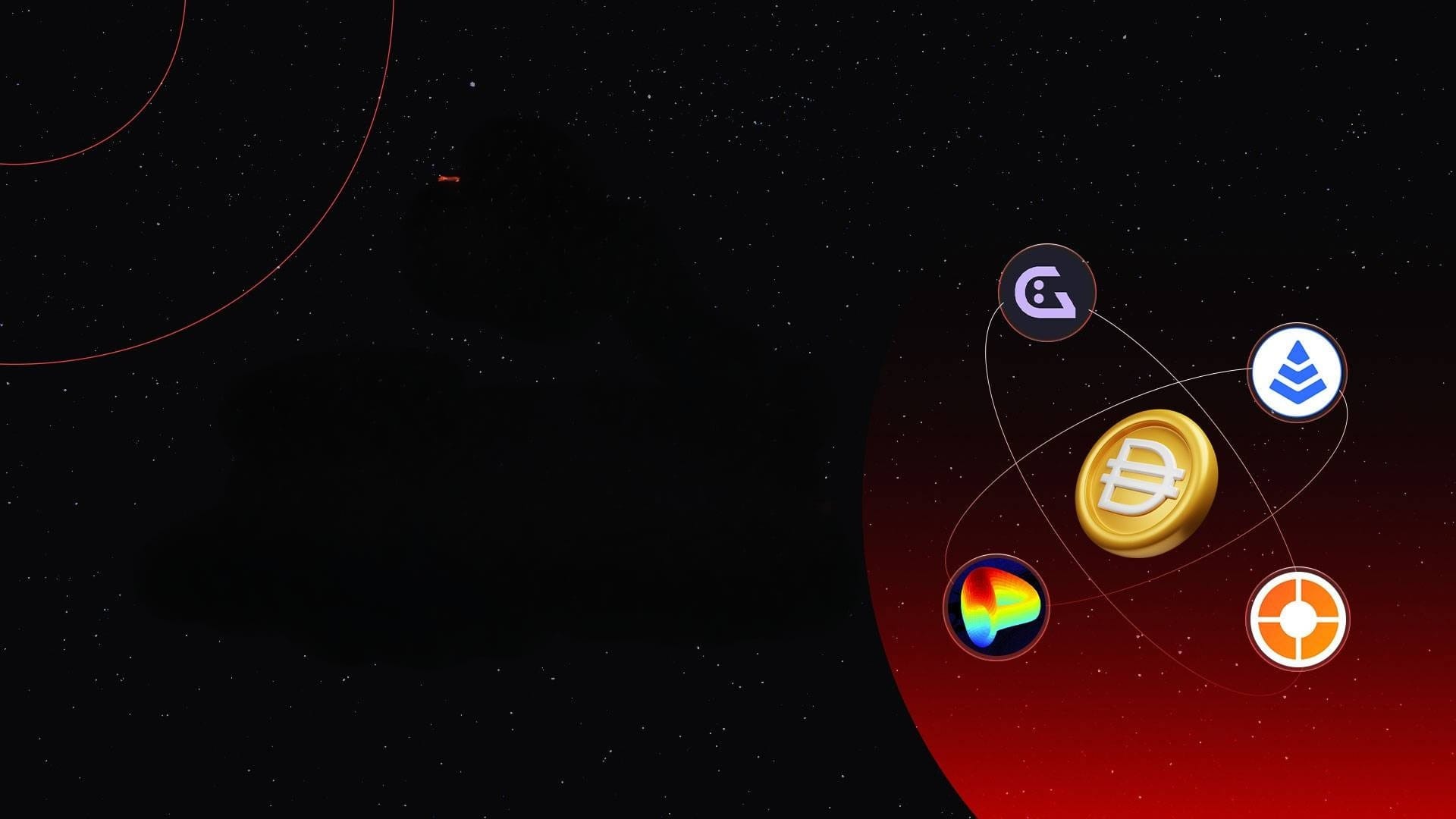
In the last three months, especially after the Shanghai upgrade and the boom of Liquid Staking, the battle among stablecoins has become a hot topic in the market with significant changes. Despite enjoying stable yields from ETH, the scalability of decentralized stablecoins still faces many challenges. Let's explore why these stablecoins struggle to maintain stable growth.
Types of Stablecoins
The focus here is on decentralized stablecoins - those minted by collateralizing assets. Traditional or algorithmic stablecoins will not be discussed. If you're interested in learning more about different types of stablecoins, check out the article below:
Read More: Stablecoins from A to Z: Are We Truly Decentralized?
The Supply Dilemma
For decentralized stablecoins, expanding the circulating supply is one of the most challenging aspects. Simply letting the market operate on its own, where users collateralize assets to mint stablecoins as needed, is highly uncertain. Therefore, projects in this sector often adopt one of three approaches:
- Lowering borrowing rates: This approach is often used by new stablecoins without a large user base, like GHO or crvUSD.
- Utilizing yield from Real World Assets (RWA): This strategy is pioneered by MakerDAO with a 5% interest rate for the DSR.
- Creating liquidity pools for farming rewards: Popular platforms include Curve Finance, Balancer, or Uniswap V3.
The Dilemma of New Stablecoin Projects
Let's use the "dilemma" faced by GHO (Aave's stablecoin) to illustrate the challenges of expanding the supply of decentralized stablecoins.
- Lowering Borrowing Rates: If GHO lowers its borrowing rates to encourage users to mint more stablecoins, the supply will increase. However, this will cause GHO to depeg from $1, as users will tend to borrow GHO at a low rate (1.5%), sell it for higher-yield stablecoins like DAI (5% in DSR), and pocket the yield difference.
- Farming Rewards: If GHO incentivizes users to farm liquidity in pools, a significant amount of money will be required for long-term bribes. Although some pressure might be alleviated through an OTC deal with CRV for more votes, these votes will diminish over time due to inflation.
- RWA Approach: This is not entirely risk-free. The first noticeable risk is the concentration of custody. Moreover, it is challenging to predict how interest rates in the traditional bond market will change in the medium and long term.
- PSM Pool: Implementing a PSM pool like DAI (allowing 1:1 swaps with USDC) won't attract USDC deposits, as users would be at a disadvantage if someone on the other side buys GHO at $0.97 and swaps it 1:1 with USDC for a $0.03 profit.
- Earn Pools: Creating an earn pool to pay interest and encourage users, like Raft, would face cost pressures. Moreover, it would lead to unhealthy incentives where users would prefer to deposit money to earn interest rather than using stablecoins for transactions.
Hypothetical Scenario: Accepting Depeg for Supply Expansion
Assume GHO accepts depegging from $1 to expand supply by lowering interest rates. This cannot be sustained indefinitely. Why? Because users would almost be trapped if they execute the strategy of minting GHO and swapping for DAI. They would face a scenario where, when GHO regains its peg, they must buy back GHO at a 3% higher price (since GHO is currently at ~$0.97). Users borrowing GHO to swap for DAI would incur a cost of:
[ 1.0125 \text{ (1.25% GHO interest)} \times 1.03 \text{ (3% repurchase cost)} = 1.042 ]
Thus, they spend 4.2%, which is too close to DAI's 5% yield. Including transaction costs and slippage, the profit margin is nearly non-existent between the 5% yield and the 4.2% cost.
Potential Alternatives
Given the above challenges, are there other solutions to this dilemma? Here are three balanced approaches that haven't shown significant issues so far:
- Limit Debt Ceilings Initially: Implement debt ceilings in the early stages while designing an Earn model to maintain the peg. Revenue from borrowing interest needs to be balanced against the costs for the Earn component. An example is Prisma with mkUSD. This approach addresses short-term issues but might face long-term difficulties if the market doesn't improve.
- Own Thick Liquidity Pools: Similar to Curve, having thick liquidity pools helps maintain the peg and generate trading activity for revenue.
- Adjust Borrowing Rates: Set borrowing rates at a more balanced level instead of aggressively lowering them to attack the supply of major stablecoins. GHO has already corrected this mistake by raising borrowing rates from 1.5% to 2.5%.
The $GHO rate hike got enforced by governance a few hours ago.
— Marc “Billy” Zeller 👻 🦇🔊 (@lemiscate) September 20, 2023
As expected with a slight peg effect. And increased revenue.
The DAO gho buy program will be up to vote next.
There's 2.5$ of collateral behind each GHO. pic.twitter.com/pzc6etzck4
The Importance of Addressing This Issue
As previously mentioned, there is an invisible barrier for new stablecoin projects challenging established names. However, we don't want a "Tether" in the decentralized stablecoin market.
- Security Risks: Security remains a constant threat for DeFi products. A significant bug or vulnerability in a major player could trigger a domino effect in the market.
- Market Monopoly: Without addressing market share redistribution, liquidity advantages will create a "too big to fail" scenario, where users prefer stable liquidity products, reinforcing a monopoly.
- Liquidity Risks with Liquid Staking: Tying stablecoins to Liquid Staking markets introduces risks if Liquid Staking Tokens encounter issues, leading to mass liquidations. Concentrated liquidity providers complicate the situation further.
Conclusion
These are the challenges facing new decentralized stablecoins. Using GHO as an example, we explored the difficulties in expanding supply and maintaining stability. I hope this article provides valuable insights and clarity.
